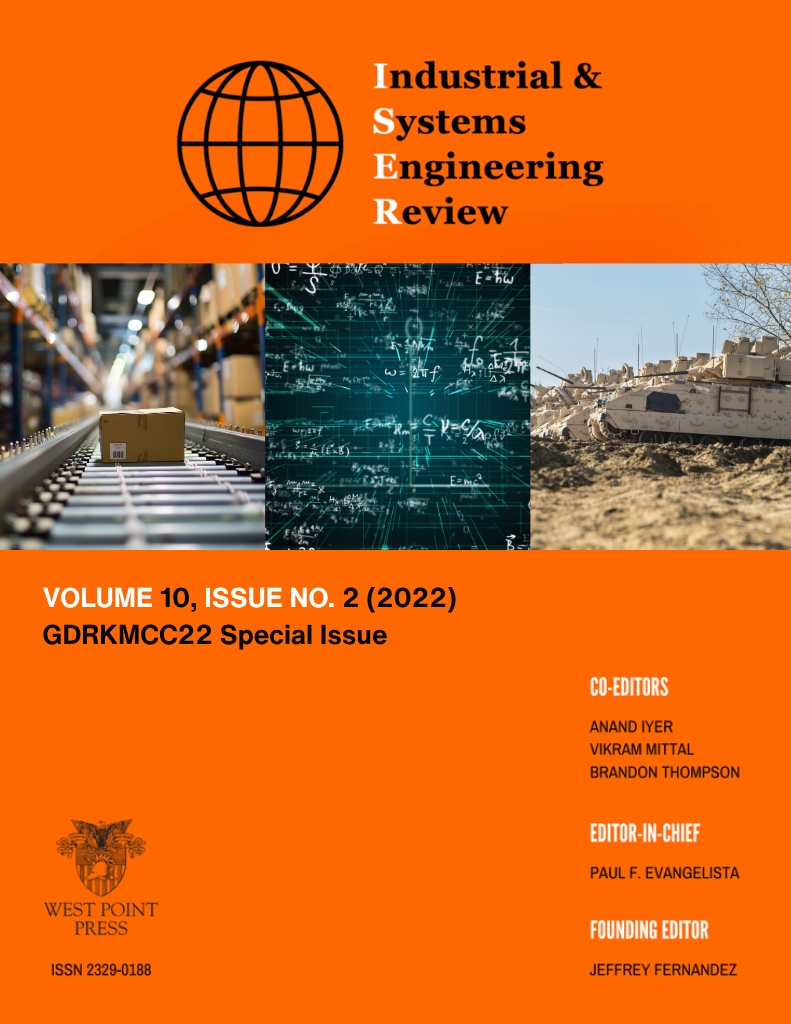References
Holland, M. (2014). Sensor Deployment Analysis with the Virtual Autonomous Navigation Environment. Engineer Research and Development Center. https://www.erdc.usace.army.mil/Media/News-Stories/Article/
476622/sensor-deployment-analysis-with-the-virtual-autonomous-navigation-environment/.
Jokela, Maria, Kutila, Matti, and Pyykonen, Pasi. (2019). Testing and Validation of Automotive Point-Cloud Sensors in Adverse Weather Conditions. Applied Sciences, 9(11), 2341. https://doi.org/10.3390/app9112341.
Jones, R.A., Priddy, J.D. Horner, D.A., and Peters, J.F. (2008). Virtual Autonomous Navigation Environment (VANE). Earth and Space 2008. https://doi.org/10.1061/40988(323)114.
MITRE Staff. (2018). Verification and validation of simulation models. The MITRE Corporation. Retrieved September 27, 2021, https://www.mitre.org/publications/systems-engineering-guide/se-lifecycle-building-blocks/other-se-lifecycle-building-blocks-articles/verification-and-validation-of-simulation-models.
National Research Council. (2002). Technology Development for Army Unmanned Ground Vehicles. Washington, DC: The National Academies Press. https://doi.org/10.17226/10592.
Sargent, R. (2013) Verification and Validation of Simulation Models. J Simulation, 7, 12–24. https://doi.org/10.1057/jos.2012.20 and https://link.springer.com/article/10.1057/jos.2012.20.
Shacklett, M. (2019). LiDAR: Promise and Challenge in Autonomous Vehicles: What happens in Detroit doesn't stay in Detroit when it comes to LiDAR. Point of Beginning, 45(2), 8+. https://link.gale.com/apps/doc/A607581245/PPMI?u=west10360&sid=bookmark-PPMI&xid=25ed7ef0.
United States Army Futures Command. (2022). Who We Are: Cross Functional Teams. Army Futures Command. https://armyfuturescommand.com/cft/.
Zhao, Jian, Li, Yaxin, Zhu, Bing, Deng, Weiwen, and Sun, Bohua (2021). Method and Applications of Lidar Modeling for Virtual Testing of Intelligent Vehicles, IEEE Transactions on Intelligent Transportation Systems, 22(5), 2990–3000. https://doi.org/10.1109/tits.2020.2978438.








